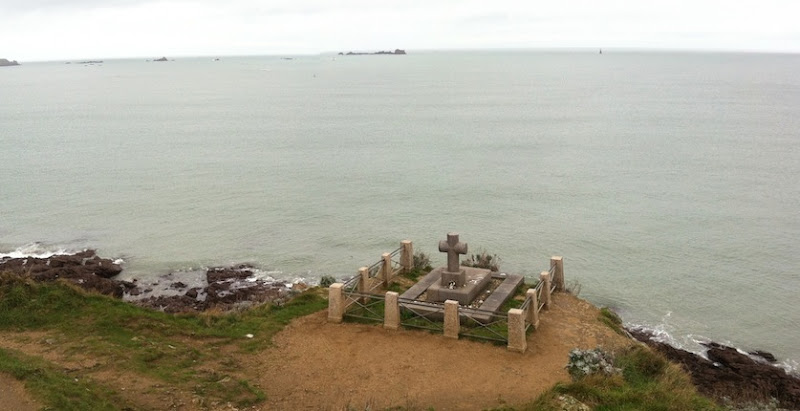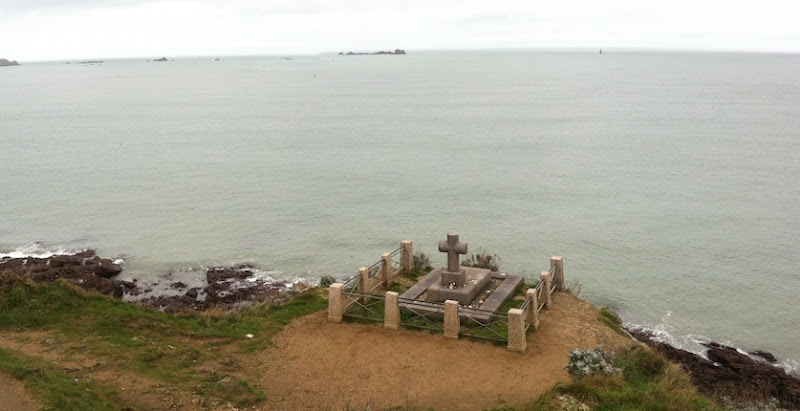Hail and Farewell, Mr. Heaney
Seamus Heaney, the Irish poet, died a few weeks ago. Obituaries have been published, and Mr. Heaney has been laid to rest in his native County Derry. Heaney was probably our greatest poet and scholar of the last fifty years. Like everyone in Ireland of my generation or later, we encountered Heaney’s poems in school — in particular Heaney’s manifesto for the life of the writer, his famous poem “Digging” where he states “between my finger and thumb / the squat pen rests / I’ll dig with it”. But at the time, I was unmoved. I was still too close to Ireland, too close to land I was brought up in. I was maybe fourteen or fifteen. I was reading poems at this time, but it was Byron and Shelley and this kind of stuff, distant lands and strange places. Ozymandias. Who would want to read poems about Ireland?
Time passed, and I started my own travels, leaving Ireland when I was 18 to cross the sea to England, which was already seemed exotic enough, then further afield, America (where I discovered Milosz’s poems on top of that mountain in New Mexico — not on a stone, but written in a copy of the “New Yorker” I had taken with me, but that is a story for another day) and then Canada, England again, Marseille and Bologna. The dense ancient streets of Bologna. One day I was wandering around the University and saw a small poster proclaiming that there would be a reading from SEAMUS HEANEY. I was surprised. I noted the date.
Ireland is small country, and the north of Ireland even smaller. It’s a truism to say that everyone knows everyone. Heaney and his wife had in fact gone on holidays with my favourite aunt and her husband in the 1960s. I wonder what that holiday was like … My aunt and Heaney’s wife were splashing in the frosty waters of Ireland’s west cost, came running up the strand. “Write us a poem Seamus!”, at least that’s what my aunt said they exclaimed. This was the result, Girls bathing, Galway 1965. Yes, one of those girls is my aunt, frozen forever.
All this I knew on that evening in Bologna. The reading was in a small upstairs room in Bologna University, ancient beams crossing the ceiling. A good few centuries old, as befits the town with the world’s oldest University. Heaney of course was very famous by this time, not like that distant summer of 1965. He read his poems in his soft northern Irish accent, but after every poem he paused, and said graciously “well I would like to hear that in Italian”; and a translation followed. It was strange and beautiful to hear his poems in Italian, which is certainly one of the more beautiful languages there is. By the end of the evening, I was quite moved — I had already read some of these poems before, but now it was 12 years since I had left Ireland behind. Distance had intervened. Time and space. What a wonderful thing it was, I realised, to find a great poet who had written about your country, and where you came from and where you were brought up. I could see how true his poems were for the first time, once I had subtracted myself from environment I had grown up in. A revelation.
After the reading there was a gaggle of Italian girls pressing forward to have their books signed by the great Irish writer. I decided nevertheless to wait patiently to speak to the man — “Greetings from Tyrone Mr. Heaney”, I said. I spoke to him for a few minutes, mentioned “Girls bathing, Galway”. I didn’t want to take too much of his time, although I probably should have. I just said that I saw my own country for what it was, maybe for the first time, and thanked him for that. “Sure you are a good man yourself”, was his open-hearted response.
So, Mr. Heaney, thank you once again.


